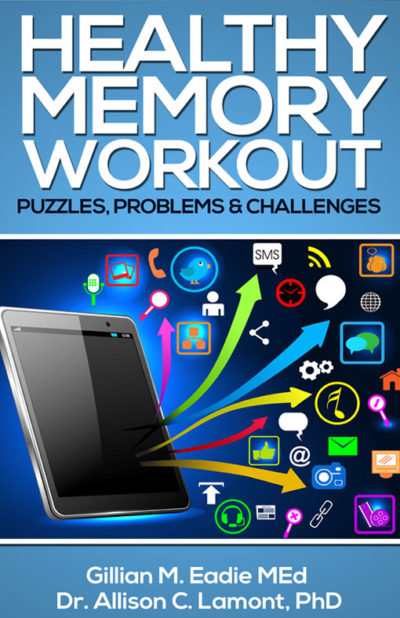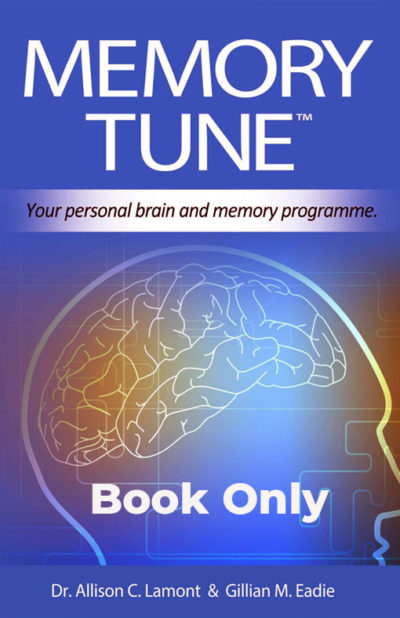 Just like all other tech companies, hearing aids manufacturers are constantly researching and developing new features and technology, and releasing new models of hearing aids. What’s new for September 2021?
Just like all other tech companies, hearing aids manufacturers are constantly researching and developing new features and technology, and releasing new models of hearing aids. What’s new for September 2021?
- Turns out your ear is a good place to monitor activity such as steps and can even recognize if you fall. The hearing aid accelerometer monitors activity and transmits to an app on your phone, which gives you feedback on steps, overall activity levels and can be set to alert a family member or friend if it detects a fall. The app can also geo-tag your location. How cool is that?
- AI assistants. Hearing aid technology is now starting to incorporate artificial intelligence to help users get the best performance, especially in tricky listening situations. Users can ‘tap’ to trigger the hearing aid into a mode that evaluates and optimizes settings, or use an app on their phone, in ‘assist mode’, which adjusts then asks the user to feedback on whether the adjustments have helped.
- Voice Controls. Don’t want to use an app or struggle with the tiny buttons to adjust your hearing aid? There is at least one hearing aid on the market now that responds to voice controls, such as ‘louder’ or ‘change programme’. This can be especially helpful for people with dexterity or numbness in fingers or limited range of motion.
- Remote programming. In the age of COVID many manufacturers have fast-tracked the ability for Audiologists to provide remote fitting and adjustment of hearing aids. Most of these rely on the hearing aid connecting to an app on your phone, or using a Bluetooth neck loop which can be purchased or borrowed from your audiology clinic. The Audiologist sends through settings to upload or can even conduct a live update complete with video link to talk through what you need. Nice to have options for help if your community is in COVID Lockdown, or you are unable to travel to your local clinic.
- All the major hearing aid manufacturers now have lithium ion rechargeable behind-the-ear (BTE) and receiver-in-the-canal (RIC) devices available. Two have also released lithium ion rechargeable in-the-ear (ITE/ ITC) styles. Rechargeable hearing aids are proving to be a very popular choice among current buyers who no longer have to worry about fiddling with batteries. Simply plug the hearing aids into the charger every night when you go to bed – they last 20+ hours if fully charged. Easy.
For more info on the latest hearing technology, visit your local Audiologist. There are thousands of models and styles available with different price points and features. Your Audiologist can talk you through what would be best for your hearing levels, lifestyle, needs and budget.
 This article was written by Teresa Burns, Doctor of Audiology and Director of Teresa Burns Hearing Ltd, in Auckland, New Zealand. You can learn more about her at teresaburnshearing.co.nz
This article was written by Teresa Burns, Doctor of Audiology and Director of Teresa Burns Hearing Ltd, in Auckland, New Zealand. You can learn more about her at teresaburnshearing.co.nz




